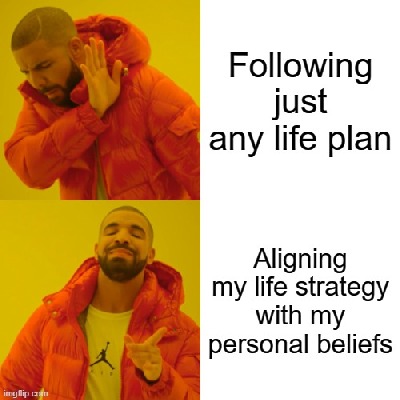Have you ever found yourself stuck between choosing a job that pays well and one that truly excites you? This is a dilemma many of us face: should we follow our passion or prioritize financial stability?
Understanding the Passion vs. Paycheck Debate
For a long time, society has encouraged us to “follow our passion.” But is this always the best advice? Sometimes, following your passion can lead to incredible fulfillment and success. Other times, it might not be the most practical choice, especially when financial responsibilities come into play.
When Following Your Passion Makes Sense
There are moments when pursuing what you love can be the right decision. For example, if you’re passionate about a field that also offers good financial rewards, like technology or medicine, following your passion can lead to both personal satisfaction and financial stability. When your interests align with market demands, it’s easier to build a successful career.
The Risks of Ignoring Practicality
On the flip side, not everyone has the luxury to follow their passion, especially if it doesn’t provide a steady income. Choosing a job solely based on financial gain can lead to burnout and dissatisfaction if the work doesn’t engage you. It’s important to find a balance between what you love and what can support your lifestyle.
Finding a Middle Ground
So, how do you navigate this tricky path? Start by exploring your interests deeply. Sometimes, your passion can evolve into a viable career with the right approach. Additionally, consider side projects or hobbies that align with your interests while maintaining a stable job. This way, you can pursue what you love without sacrificing financial security.
Personal Reflections on My Journey
In my own experience, I’ve found that blending passion with practicality works best. By dedicating time to what excites me outside of work, I stay motivated and fulfilled. This balance helps me perform better in my professional life while still nurturing my personal interests.
Conclusion: Making an Informed Decision
Ultimately, the decision to follow your passion or prioritize financial stability isn’t black and white. It depends on individual circumstances, goals, and the opportunities available. Take the time to assess what matters most to you and make choices that align with your values and aspirations.
Read the article: “Essential Shift in Education: From Solving to Creating Problems”






